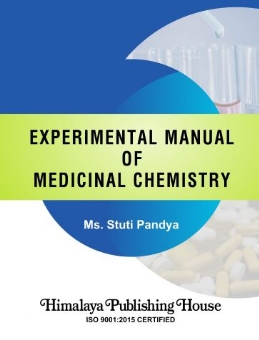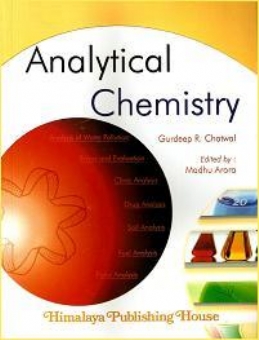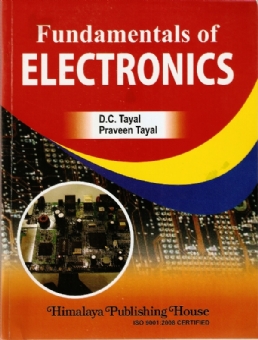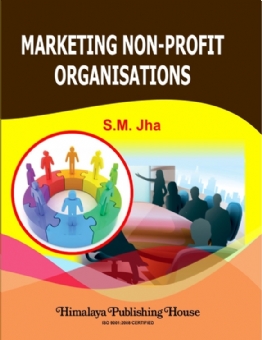The present book entitled “Experimental Manual of Medicinal Chemistry” is a compilation of very honest and sincere efforts, keeping in view the level and expectations of Pharm.D and B.Pharm. students in accordance with the syllabus issued by pharmacy council of India. Many observations out of our years of classroom experience regarding the difficulties of students have been kept in mind while presenting the subject matter. Many valuable suggestions from admired colleagues and friends from different colleges have been given due weightage in the text. All efforts have been made to make the book faculty and student friendly. Here, this book having medicinal chemistry subject and main targeted students are of Pharm.D and B.Pharm. The book is having basic requirements and guidelines about working in a chemistry lab, dealing with the chemicals etc., all experiments provided in the book are performed in the lab individually. The book is completely designed according to the syllabus requirement of PCI. As PCI suggested the updated syllabus for Pharm.D students has been fulfilled with this. Also, faculties and students who are dealing with Pharm.D have to find out the experiments mentioned in the syllabus because the course has been introduced few years back. This is the reason that any other book source is also not available easily. So, the author decided to write a book having all the experiments mentioned in the prescribed syllabus of PCI for Pharm.D students. So, that faculties and students can use this as a reference book. Another thing is each experiment available in this book are already performed by author and check individually that experiments are leading to the positive results. At the end it was found that each experiment leads to the positive results, the chemicals, glass wears and other materials may available easily to any lab and students can perform it with ease. Chemicals are the main thing about experiments in chemistry, there are some chemicals which are banned and some are costly, taken care of this issue author has also mentioned about possible chemicals instead of traditional method to make experiments optimistic.
Contents –
1. Introduction to Safe Working in Pharmaceutical Chemistry Laboratory
2. To Study the Common Laboratory Techniques
Synthesis
3. To Synthesize Benzil from Benzoin
4. To Synthesize and Evaluate Phenytoin from Benzil and Urea
5. To Synthesize and Evaluate Paracetamol (para hydroxyl acetanilide) from Para-amino Phenol
6. To Synthesize and Evaluate Chalcone from Acetophenone
7. To Synthesize and Evaluate Iodoform from Acetone
8. To Synthesize and Evaluate Hippuric Acid from Glycine
9. To Synthesize Picric Acid from Phenol
Assay
10. To Perform the Assay of Paracetamol Tablet by UV-Visible Spectrophotometer
11. To Perform the Assay of Aspirin Powder
12. To Perform the Assay of Metronidazole Powder
13. To Perform the Assay of Citric Acid Powder
14. To Perform the Assay of Tartaric Acid Powder
15. To Perform the Assay of Cinnamic Acid Powder
16. To Perform the Assay of Metformin Tablet by UV-Visible Spectrophotometer
17. To Perform the Assay of Albendazole Powder
Monograph
18. To Study the Monograph of Tetracycline
19. To Study the Monograph of Furosemide
20. To Study the Monograph of Rifampicin
21. To Study the Monograph of Metformin Tablet
22. To Study the Monograph of Warfarin Sodium
23. To Study the Monograph of Heparin Sodium
24. To Study the Monograph of Albendazole







